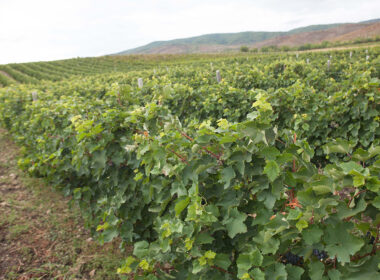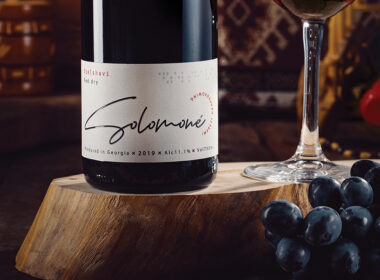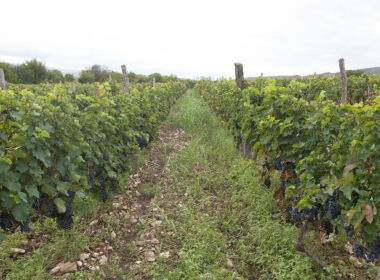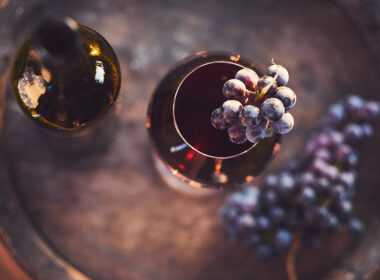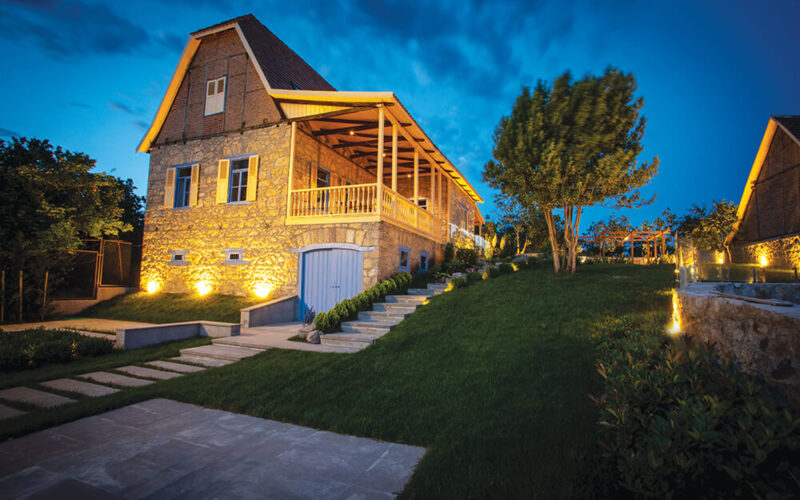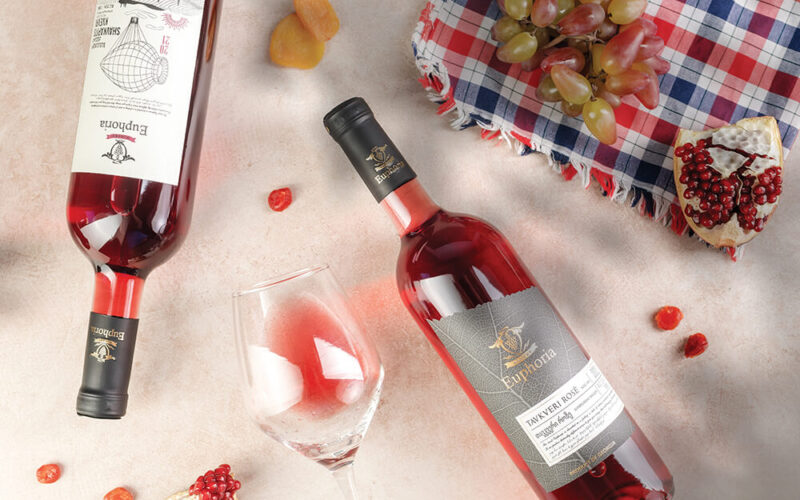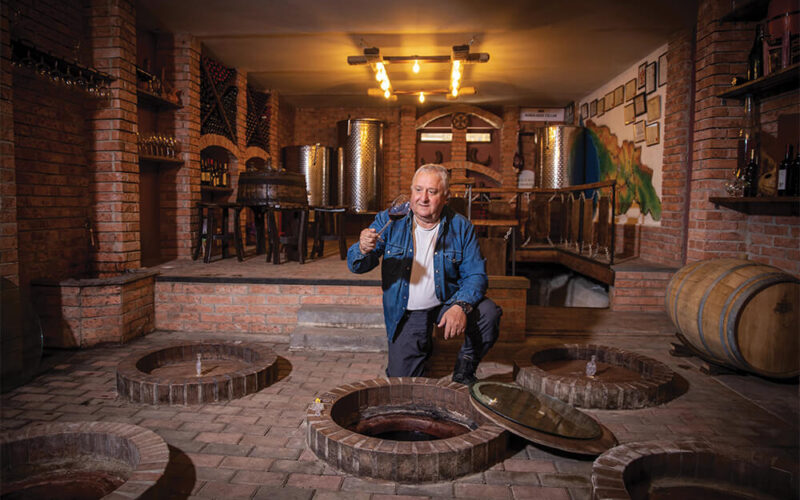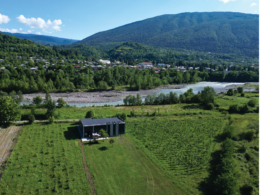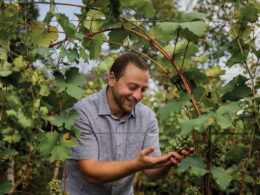/ New venue in Bolnisi /
Bolnisi, as one of the oldest centers of winemaking, holds immense potential and is gaining increasing recognition for its diverse range of original, interesting, and distinctive styled wines. From the discovery of the first grape seed and ancient wine vessels to the present day, in the 8000-year-old history, every Georgian region aided in the crafting of the unique and memorable character of the wine. Bolnisi is one of them.
In the beginning of the 19th century, Germans settled in Bolnisi. Since then, Bolnisi (known as Katharinenfeld at the time), evolved differently, as it was inhabited by Swab settlers due to economic reasons. They began to initiate the revitalization of the settlement with new vigor, introducing traditional German industrial practices, learning wine cultivation, testing European grapevine varieties, strengthening the Georgian grapevine, and reintroducing traditional methods of winemaking – the culture of qvevri.

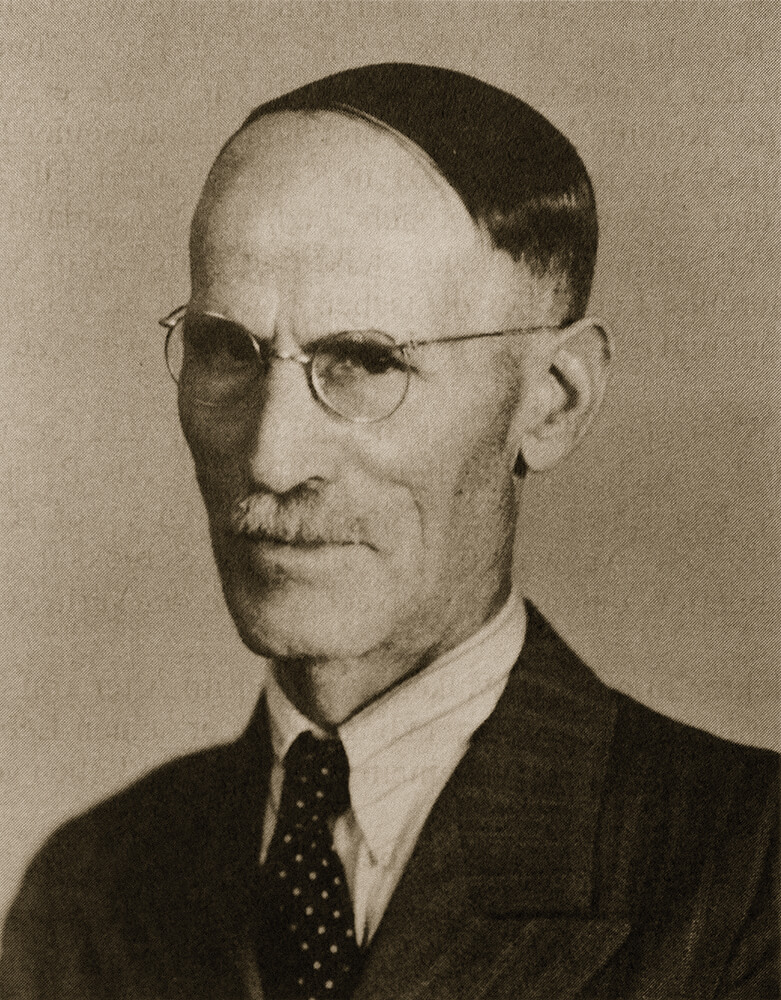
However, this generation of colonists required more than just a newly commenced trade of winemaking. An enthusiastic newcomer, Emanuel Walker, was a creative person who played an active role in the cultural and educational development of Katharinenfelds’ theater performances, elementary schools, and knowledge about German folklore, as well as in the revitalization of the local wine industry. In 1908, Walker initiated the formation of the Union of winemakers and vineyard owners. Later, the Union became so influential that winemakers not only sold their products in specialized wine shops, but also exported them beyond the borders of Georgia to various regions of the country.
In Bolnisi, House #8 on Tsiskvili Street, which dates to the year 1915, used to be Emanuel Walker’s residence, today, we will be telling you precisely about this house.
When visiting Bolnisi, you will soon discover the diversity of this small settlement. Over a century long history of Georgian-German cohabitation has been reflected in the architecture of these houses. Today, in Bolnisi, you will encounter examples of European Gothic-style buildings that naturally incorporate elements of Georgian house design. Their exclusiveness stems from the fusion of German and Georgian architectural traditions. One such notable residence is Emanuel Walcher’s house, which has acquired a new, important function.
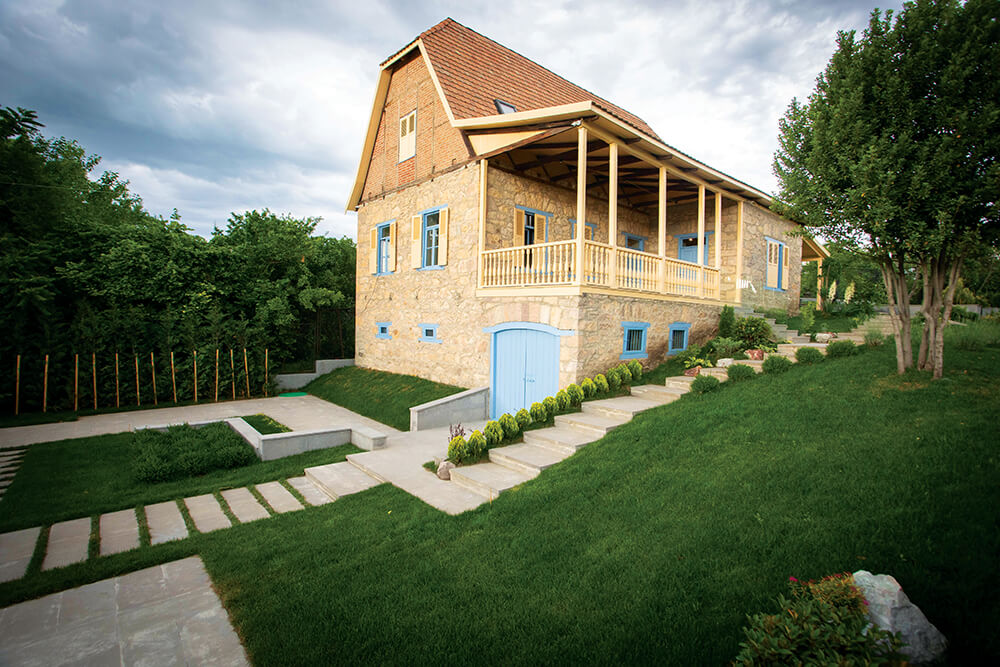
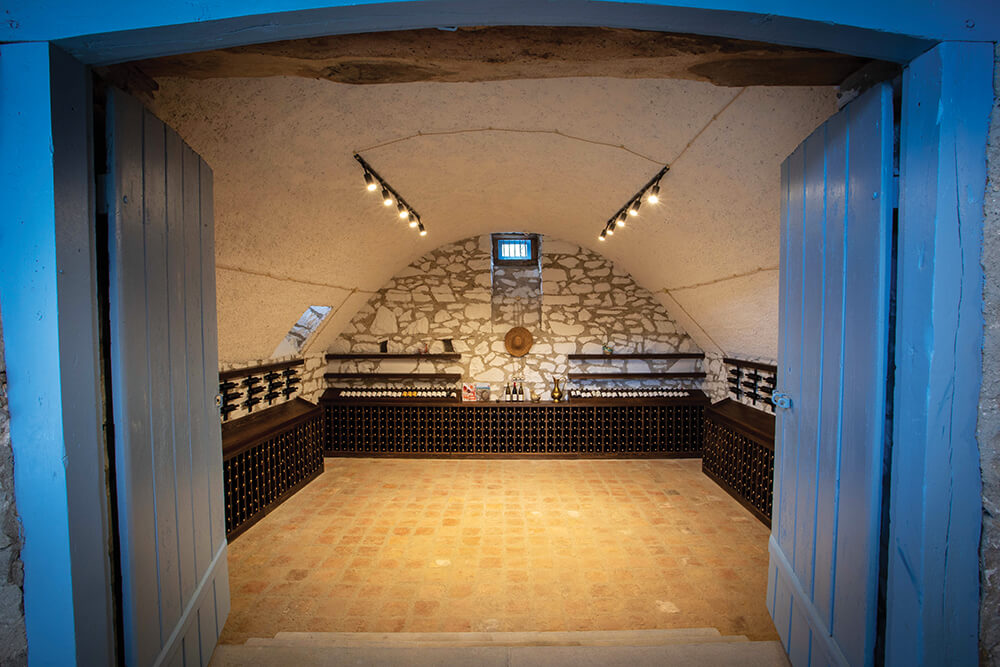
It has been over 5 years since the mining company Rich Metals Group (abbreviated as RMG) has taken the responsibility of supporting the development of the Bolnisi Winemaking industry, with the aim of reviving qvevri winemaking technology and facilitating the promotion of wines produced by Wine Bolnisi. To achieve this goal, RMG, as part of its activities, provides support to local winegrowers and winemakers. This includes vineyard research, laboratory testing of wines, participation in local and international wine events, professional training for winemakers, and more.
With the desire to further revive Bolnisi wines, RMG purchased Emanuel Walcher’s former house several years ago. To continue with the premise line of the Katharinenfeld’s Union and the contemporary association of Wine Bolnisi, the house was restored and is operating under the name of Georgian-German Wine House, serving as a venue for collective activities for local winemakers.
In this house, the members of Wine Bolnisi Association have the opportunity to showcase their own produce, organise meetings, plan future collaborative projects, while guests can enjoy the tasting and purchasing of Bolnisi wines while exploring the gallery space.
At this stage, Wine Bolnisi unites 34 small wineries. The association’s support not only strengthens the economic sustainability of rural communities, but also contributes to the preservation of historical heritage (practice of making wine in qvevri), The implementation of the Georgian-German Wine House project by the company aligns precisely with these objectives.
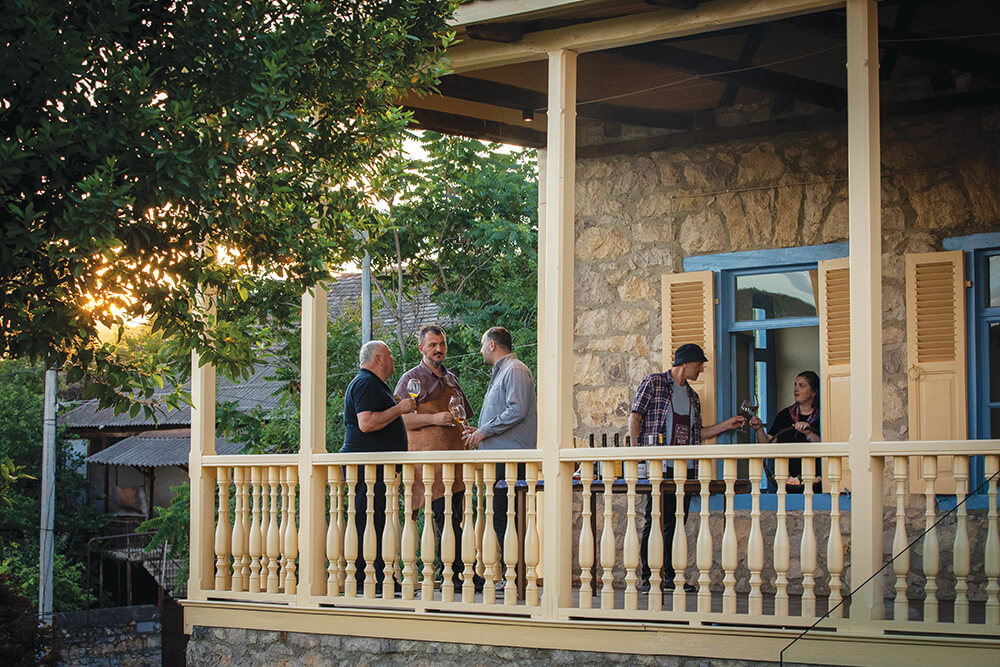
The two-year process of renovating the house was carried out in collaboration with The Union for the Protection of German Cultural Heritage in the South Caucasus. Consequently, the house preserved its authentic character with its original facade, balcony, and functional high loft, while natural materials such as wood, stone, and clay were used for the rest of the renovation.
The Georgian-German Wine House was inaugurated during Bolnisi Wine Festival on June 17th, and since then it has been attracting local and foreign wine lovers and tourists.

